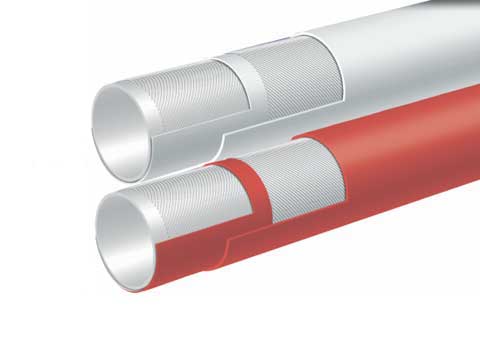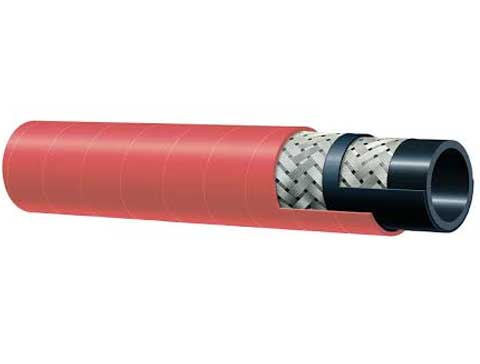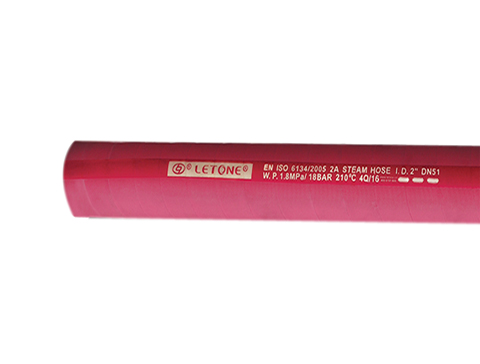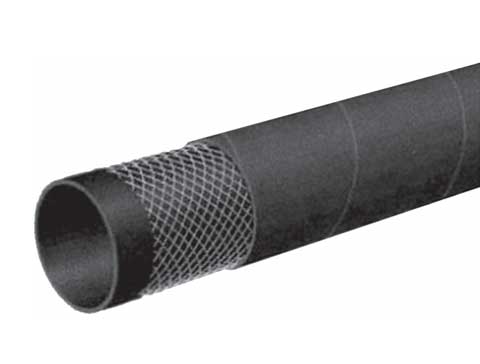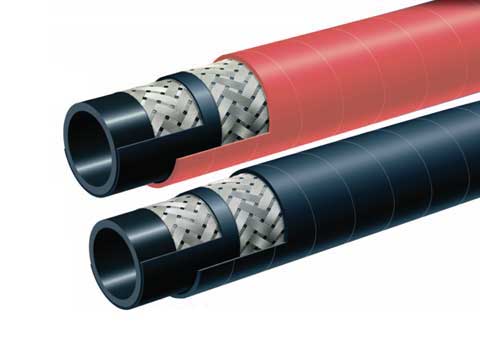Air hoses are often used with tools that require compressed air to operate, including sprayers, nailers and torque wrenches. While they are generally safe to use, there are a few things you should keep in mind when using them.
Avoid damaging or kinking the hose as this can lead to pressure loss and reduced flow. It is also important to check and replace the air line on a regular basis.
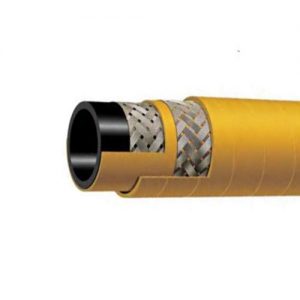
How to prolong the life of an air hose
Air hoses are flexible tubes used to transport compressed air from an compressor to an air tool, or another device. They typically have threaded metal couplings for quick connection and disconnection with nozzles and air tools. They are available in standard or high-pressure versions and may be antistatic to help reduce static charge, which can damage electronic equipment or irritate skin. They may have a built-in valve that shuts off air flow when the tool has been disconnected or prevents backflow.
When choosing an air hose, consider the types of work you will be doing and your workspace layout. For example, if you are spray painting in a large workshop shop, you will require a longer air hose to get around obstacles and reduce pressure loss along the length of the hose. If you are using an Air Nailer at a Workbench, then a shorter airhose may be more comfortable.
Performing regular maintenance on an air hose is critical for safety and performance. Simple actions like inspecting the air hose for cracks, kinks or wear will ensure that it operates safely and efficiently. Store the hose in a place that is dry, away from direct sunlight, and away heat sources.
how to connect the air hose connector
Air hoses are lengths of industrial-strength tubing that transfer pressurised air from the compressor to an operation end (such as a tool or device) for power. They must be strong to deliver a constant level of power and flexible so that they can be moved around without undue restrictions.
Depending on the intended application, they can be designed to withstand different levels of force, from low to higher. They can be made of a variety materials to suit a wide range of applications and working environments.
It is crucial to select a hose that has the right maximum working pressure for your application. This will ensure that the hose is able to withstand maximum air pressure and won't damage the device.
Some standard hoses come with couplers that can be used to connect the two hoses end-to-end and double the length. However, more than one coupler can result in a significant pressure drop, so it is best to keep it to a minimum.
It is also important to make sure that the air hose fittings are properly sealed. Wrap the threaded end with Teflon. Then, thread the air hose chuck onto the hose fitting and tighten it using two wrenches.
how to seal air hose fittings
Air hose fittings are a crucial component of an air compressor system, as they connect the air line from the compressor to the tool. They are also referred to as couplings and have a male part and female part that seal when disconnected via an internal o-ring. They are rated for high pressures and are often paired with safety whip check cables or nylon safety restraints to prevent accidental disconnection.
Selecting the correct air hose for an application can significantly increase its longevity and performance. The inner diameter of the hose (ID) is important to consider. It differs from the outer diameter. The ID of an hose will determine how much air it can transport at a certain pressure.
Another factor to consider is the hose length. For example, if you're using an air compressor in your workshop, you'll probably require a shorter hose than someone on a construction site. The right hose length can also reduce the risk of pressure drops, as air won't have to travel too far. Generally, a 50' to 100' air hose is best for most applications.

